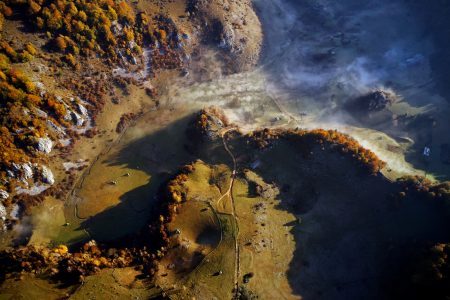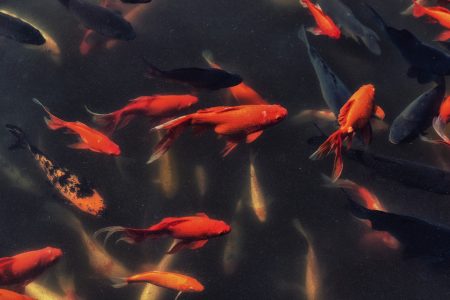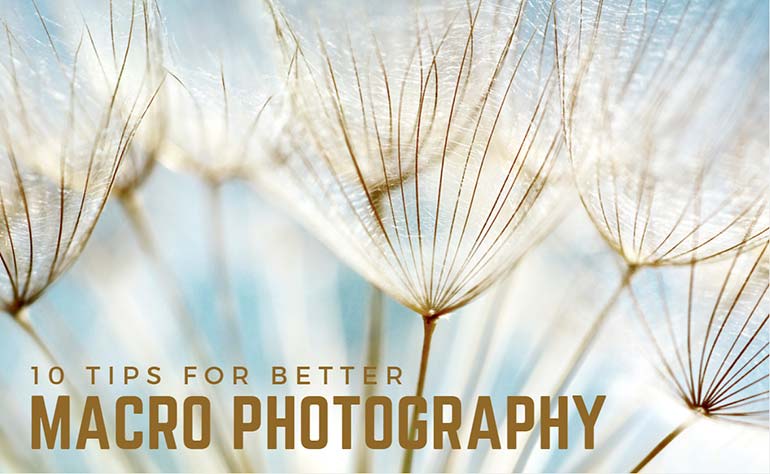
Whether you’re a professional or a beginner photographer, you’ve probably experimented with macro photography. Close up images are another opportunity to look at everyday life differently, and capture ordinary objects in a new light. They say that you need special equipment if you want to try macro photography, however here are some tips and tricks that you can try with a regular DSLR camera.
1. Lenses matter
Any professional would tell you that when it comes to macro photography, you need to get a special lens. The recommended lenses are 50-60mm or at least a 100mm lens. If you’re an advanced photographer, than you also know that true macro photography requires a 1:1 ratio.
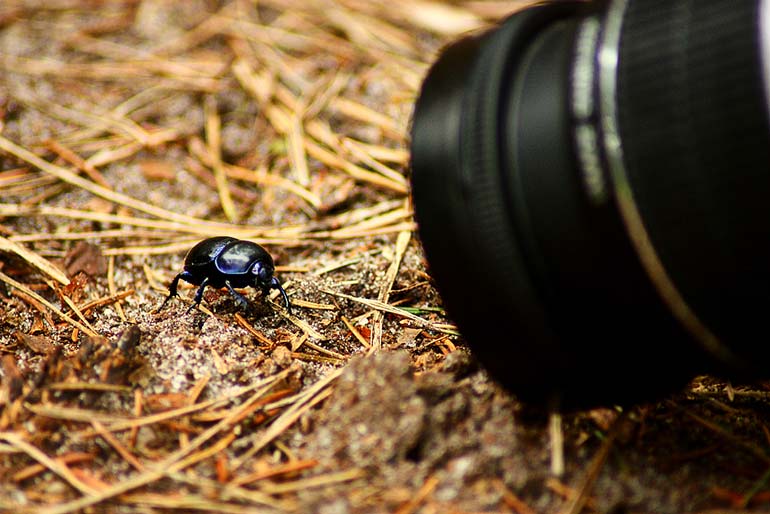
2. Focus manually
When you’re up close and personal with a subject, it’s best to use manual focus because you’ll have more control over your final shots. This is the best option if your subject is completely still, however if you’re trying to capture something that is moving, switch over to automatic focus.
Pro tip: Don’t use larger f-stop than f/16 for focusing on your subject.
3. Adding interest with depth of field
One of the stand out features of macro photography is that the images have interesting and varied depths of field. You have to take into consideration the distance between you and the object. If you want your photos sharp, adjust parture accordingly. Make these decisions before you start shooting as it will make your job much easier.
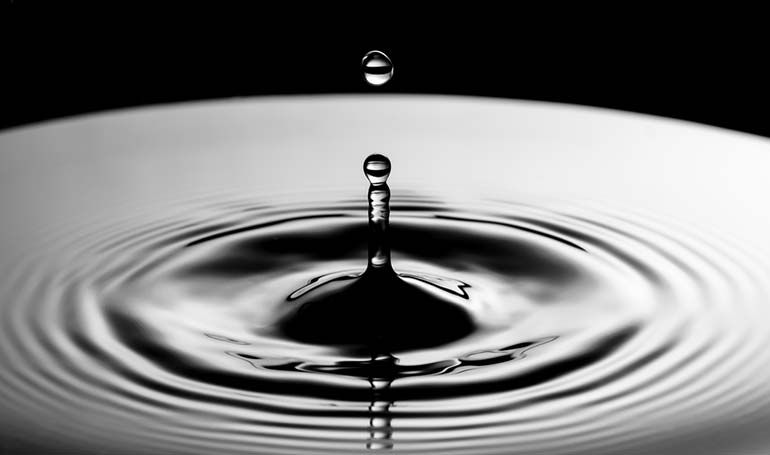
Pro tip: Experiment with aperture settings between f/22 and f/45 for sharper images.
4. Aperture settings
If you’re using the macro photography option on your DSLR, you will notice that your recommended aperture will be about f/2.8. Keep in mind that you do not have to keep your aperture low. A higher number will give you sharper images. Use low aperture if you’d like to have a small detail in focus.
5. Backgrounds make all the difference
With macro photography, you don’t have much choice with the depth of field. This means that your background is key in delivering an outstanding shot. If you’d like to have more variety with background colors, try different angles that could potentially capture interesting colors. The slightest change of angles could completely alter your compositions. Beware of distracting backgrounds.
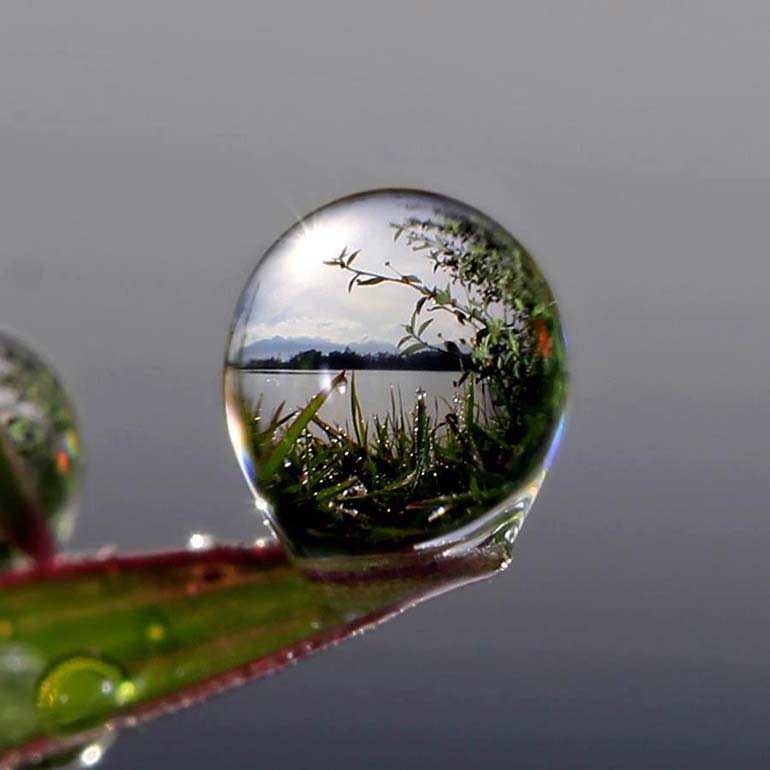
6. Flash or no flash?
Deciding to use flash is entirely up to you. Many would agree that a flash makes your subjects look sharper and brighter. Others would say that flash doesn’t contribute much to the final shot. To find out what works for you, experiment with different flash settings.
7. When to use a tripod
It is advisable to use a tripod for sharper images. A tripod will also allow you to get sharper shots with a slower shutter speed.
Pro tip: If you use a 100mm lense, your shutter speed should be at least 1/100 or higher if you want sharp photographs.
8. Look for patterns
There are so many patterns in nature that are simply overlooked. Keep an open eye to the possibilities and try to find some intricate details and patterns in plants and insects. There is beauty in simplicity as well; observe and learn from nature.

9. Be patient
Most photography requires patience, but this is especially true for macro photography. If you’re shooting insects, nature or other subjects that are in constant movement, learn to pause and understand the movement before you adjust yourself to taking a shot. A little patience will go a long way when it comes to close up photographs.
10. Crop images if necessary
Macro photography can be tricky because you don’t always get the composition you want since even the slightest movements can alter an image. When you’re done shooting, you always have the option of cropping your images to add more visual interest and show even more detail.
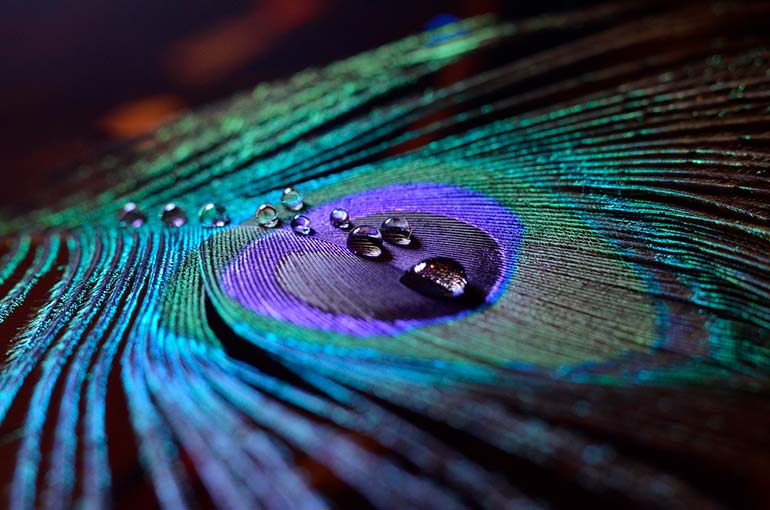
One of the wonders of macro photography is that you have the chance to capture details that are otherwise not visible to the naked eye. Even something so simple, like a rainy day, could give you inspiration and an opportunity to capture one of a kind close up shot.
Related Articles
Read top articles of the month!
Don’t want to miss any tips or industry news? Subscribe to the Depositphotos blog digest.




